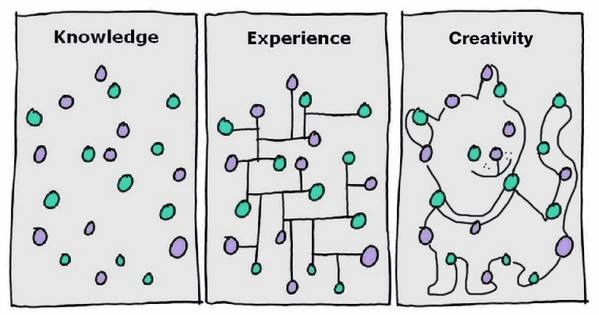At executive levels, we are fond of developing new strategies and priorities for the business. We spend countless hours in developing strategies to change our business, to drive growth, to expand into new segments, to change the value we create for our customers, becoming much more important to them.
At some point we start rolling out our strategies—we talk to analysts, proudly talking about the new strategies/directions and how they will drive growth. We reposition ourselves in the markets through a variety of communications within the markets, to our customers, and others in the ecosystem. We develop change initiatives, new metrics/goals, new focus areas and cascade them down into the organization.
Having done our jobs of developing the new strategies and priorities, communicating them, setting expectations both internally and externally, we sit back to track the success in implementation–hopefully going back to analysts and the markets declaring victory.
Except too often, it doesn’t happen, at least the way we had hoped for.
Too often there is a huge gap between our strategies/goals and execution.
We launch a major new product, but it fails to achieve its goals because we’re marketing and selling what we have always done.
We want to enter a new market, but we are marketing and selling to our traditional markets.
We introduce new systems, tools, processes, but people continue doing what they have always done.
We provide training, our sales people are enthusiastic in the training sessions, but when it is over, they go back to their jobs, doing what they have always done.
We reorganize/restructure, but fail to achieve what we wanted because people on the front lines don’t understand what they should be doing differently and why.
What the top executives in the corporation think and want people to be doing is different than what people are actually doing, but top executives are blind to this.
One of the biggest challenges sales managers, at all levels, have is connecting the dots. Connecting the dots between what we want to be and do and what we currently execute.
Managers have to first connect the dots for themselves, What do the changes means in terms of what they do every day? What must they stop doing? What must they begin doing? What must they modify and change? What new behaviors are required? What new skills/capabilities must they learn/develop? How do they measure/track their own progress in this process?
Next, managers have to connect the dots for their people, What do the changes mean in terms of what their people must do every day? What must they stop doing, what must the begin doing, what must they modify and change, what new behaviors are required? What new skills/capabilities must they learn and develop? How do they measure and track performance? How do they coach and reinforce what’s important in this process?
The sequence of how we connect the dots is important. Too often, managers tell their people what must be changed, what’s new, what’s different–yet fail to recognize or change themselves. Consequently, they fail in modeling the attitudes, behaviors, and work that is critical to driving change in the organization.
Change is always difficult, people, at all levels, struggle to break habits, to understand what must be done, why, and how. It’s managements’ job to connect the dots–first for themselves, then for their people.

Leave a Reply